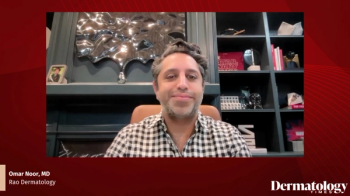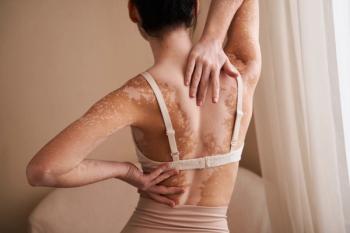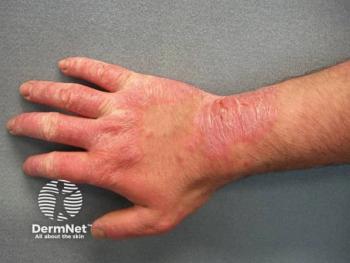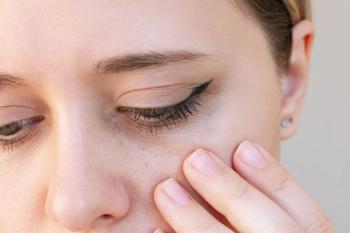
Peter Lio, MD, Advocates for Personalized Pediatric Dermatology
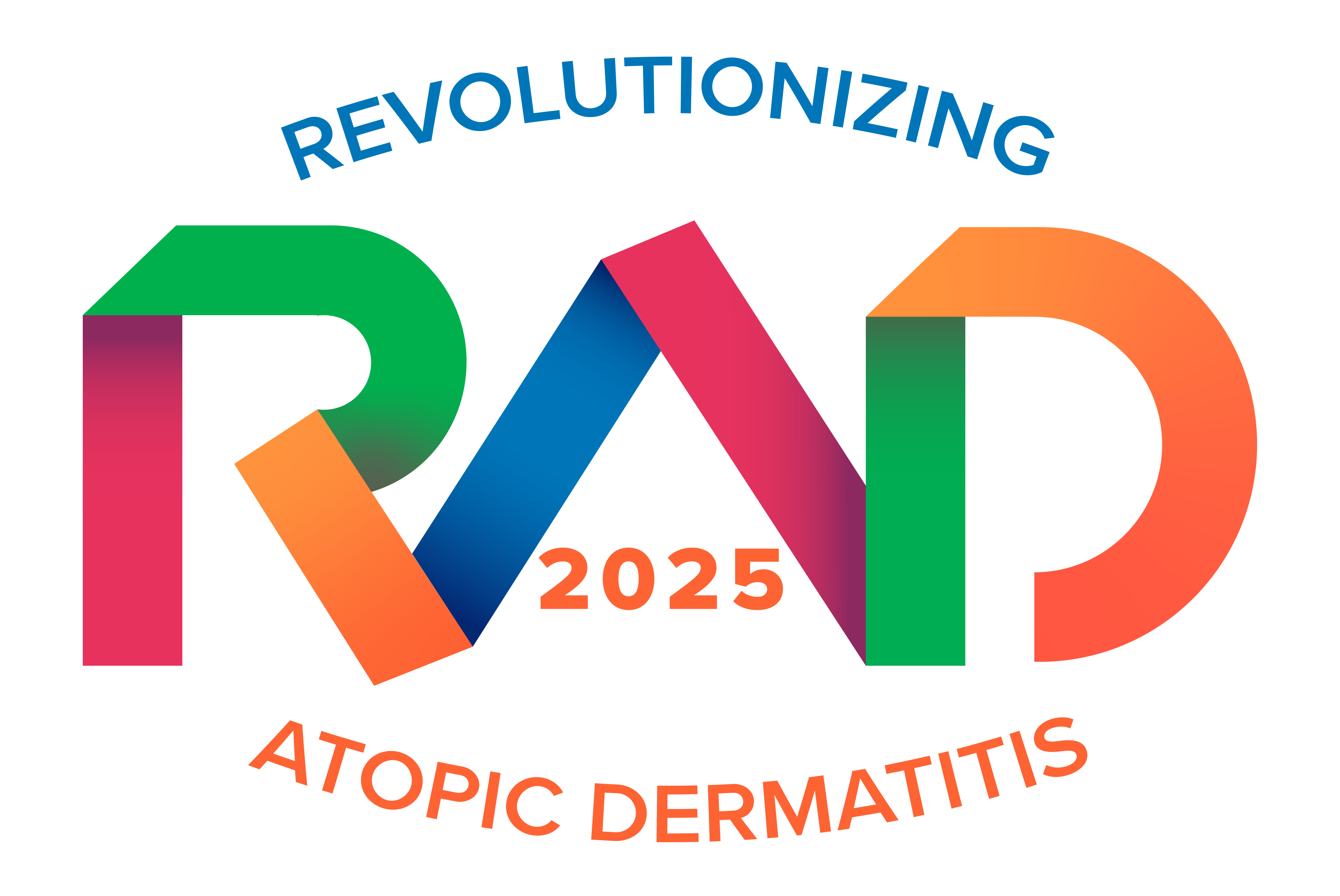
Key Takeaways
- Expanding access to effective eczema treatments for younger children is crucial, with optimism for improved options for ages 2 to 11.
- Targeting the skin's microbiome with topical probiotics and microbiome-modifying treatments is a promising frontier in dermatological research.
Peter Lio, MD, discusses innovative treatments for pediatric atopic dermatitis, including microbiome therapies and botanical options.
In a recent interview, Peter Lio, MD, a clinical assistant professor of dermatology and pediatrics at Northwestern University's Feinberg School of Medicine and founding director of the Chicago Integrative Eczema Center, discussed current trends and future directions in pediatric eczema (atopic dermatitis) treatment. Lio emphasized the importance of expanding access to existing therapies for younger age groups and highlighted promising new developments in personalized care and natural treatments.
One of the main points Lio made was the need to make effective eczema treatments available to younger children. “What’s the difference between a 12-year-old and a 9-year-old?” he asked, suggesting that effective treatments used in teens and adults could likely be safely extended to younger children. He expressed optimism that the treatment landscape for children aged 2 to 11 will soon improve, though he acknowledged that treating infants remains more challenging.
Lio also discussed emerging scientific approaches that target the skin’s microbiome. “One of the things that’s come up is having some other ways to attack this, including working directly on the microbiome,” he explained. These methods include the use of topical probiotics and other microbiome-modifying treatments, which he views as a promising frontier for dermatological research and care.
Additionally, Lio highlighted the growing interest in botanical and natural remedies, especially among families wary of conventional pharmaceuticals. “There actually are a couple of companies looking at some truly botanical treatments,” he said. These treatments, while plant-based, would still be required to meet FDA standards through a specific botanical drug pathway. According to Lio, this pathway, though somewhat more relaxed than that of synthetic drugs, still demands rigorous testing for safety and efficacy. “If it gets through this pathway, it’s still approved, and it’s commercially available with insurance,” he noted, suggesting that such developments could greatly improve accessibility and trust among patients and families.
Want to hear more pearls and expert insights on AD? Join us at the annual
Newsletter
Like what you’re reading? Subscribe to Dermatology Times for weekly updates on therapies, innovations, and real-world practice tips.

